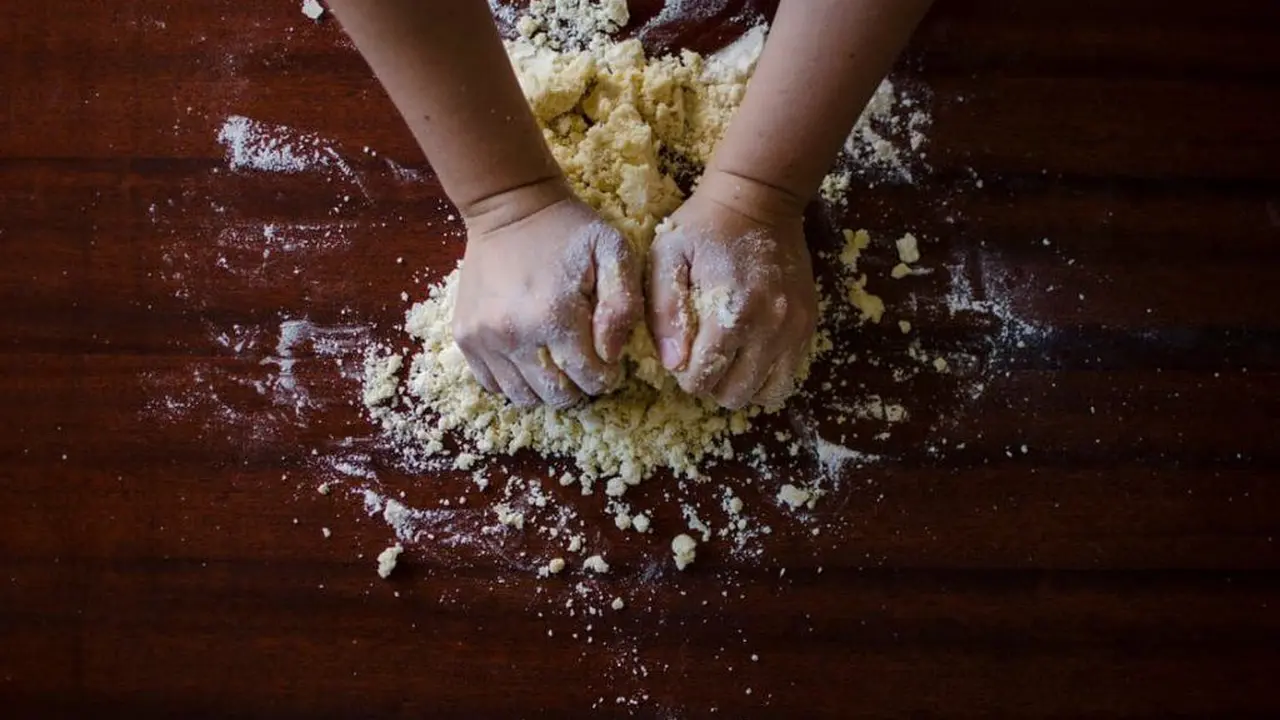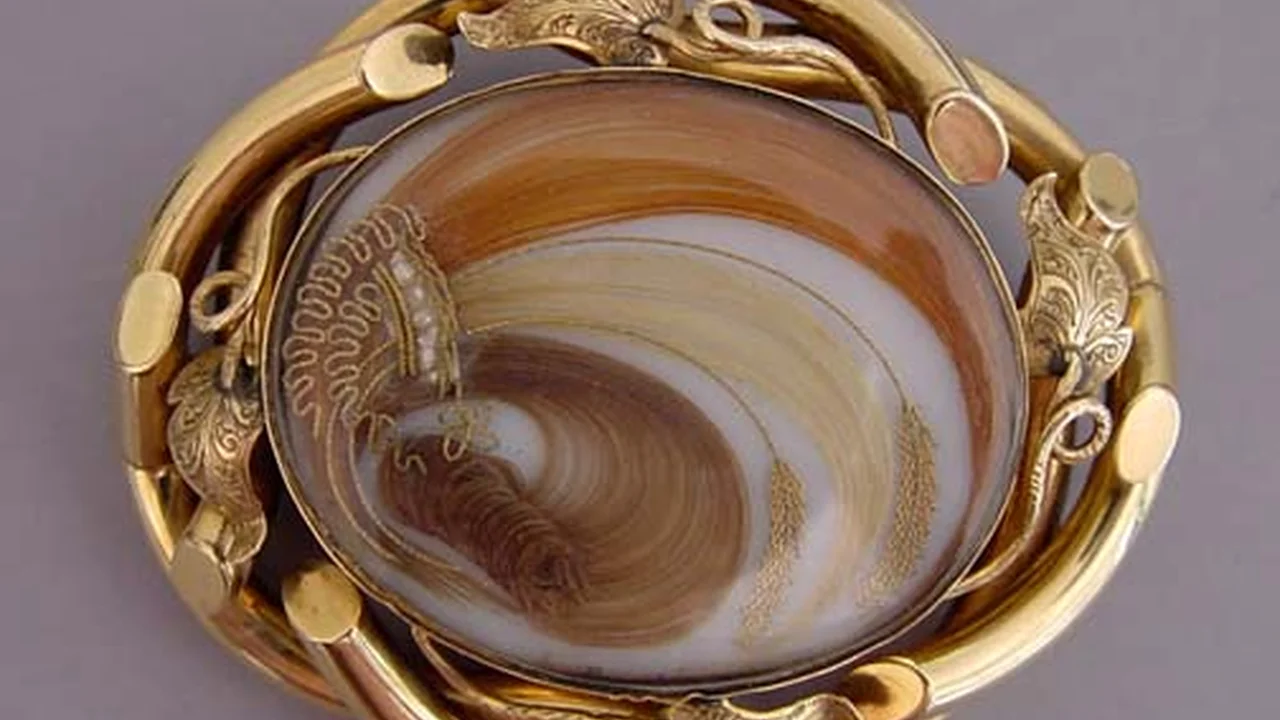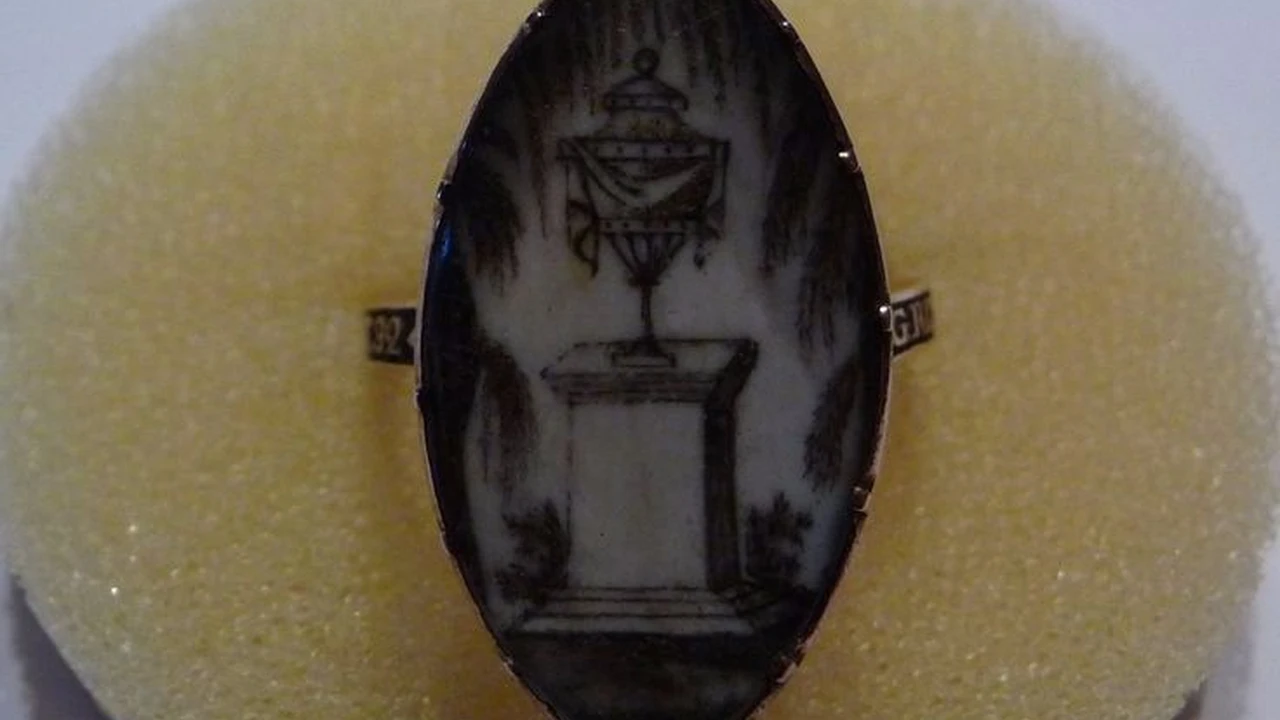Understanding Antique Jewelry Market Trends
Negotiating prices when buying antique jewelry can feel daunting, but it doesn't have to be! This guide will give you the inside scoop on how to haggle like a pro and score the best deal on your vintage treasures. We'll cover everything from understanding the market to spotting a good deal, and even suggest some specific pieces to look out for. Let's dive in!

Understanding the Antique Jewelry Market Before You Negotiate Prices
Before you even think about negotiating, you need to do your homework. Knowing the current market trends for antique jewelry is crucial. Are Art Deco pieces hot right now? Are Victorian mourning pieces trending? Understanding the demand will give you leverage. Research recent auction results for similar items to get a sense of comparable prices. Websites like LiveAuctioneers and Invaluable can be great resources.
Assessing the Condition and Authenticity to Inform Your Jewelry Price Negotiation
A critical step is evaluating the piece itself. Is it in pristine condition, or does it show significant wear and tear? Are any stones missing or damaged? Is the piece hallmarked, and does the hallmark correspond to the claimed period and maker? Any flaws can be used as bargaining chips. If you're unsure about authenticity, consider getting a professional appraisal *before* you start negotiating. An appraisal can also justify a lower offer if the piece isn't quite what the seller claims.
Building Rapport and Establishing Your Budget Before Starting Jewelry Negotiation
Negotiation isn't just about numbers; it's about building a relationship with the seller. Be polite, respectful, and genuinely interested in the piece's history. Ask questions about its provenance (where it came from), its construction, and anything else you can learn. Knowing the seller's story can give you insight into their motivation and potentially influence their willingness to negotiate. Also, have a firm budget in mind *before* you walk in the door (or click 'buy' online). Knowing your limit will prevent you from getting caught up in the moment and overspending.
Effective Negotiation Techniques for Antique Jewelry Buyers
Now for the fun part! Here are some proven negotiation techniques to try:
- The 'Walk Away': This is a classic for a reason. If the seller isn't budging and you're not comfortable with the price, be prepared to walk away. Often, this will prompt them to reconsider their position.
- The 'Nibble': After you've agreed on a price, try to tack on a small extra concession. For example, 'I'll take it for that price if you include the original box.'
- The 'Lowball (with Caution)': Starting with a significantly lower offer can sometimes work, but be careful not to offend the seller. This is best used when you have clear justification for your offer, such as significant flaws or comparable pieces selling for less. Be prepared for a counteroffer.
- The 'Good Cop/Bad Cop': If you're shopping with a friend, one person can play the 'good cop' (enthusiastic and complimentary), while the other plays the 'bad cop' (critical and price-conscious). This can create pressure on the seller to lower the price.
- Highlight the Flaws: Don't be afraid to point out any imperfections you've noticed. Politely explain that these flaws impact the value and justify a lower price.
- Pay in Cash: Offering to pay in cash can sometimes give you an advantage, as it saves the seller credit card processing fees. This is especially true at smaller antique shops or flea markets.
Specific Antique Jewelry Pieces and Negotiation Strategies
Let's look at some specific examples and how you might negotiate the price:
Example 1: A Victorian Mourning Brooch with Jet and Seed Pearls
Scenario: You find a beautiful Victorian mourning brooch made of jet and seed pearls at an antique fair. The asking price is $500.
Negotiation Strategy:
- Assess the Condition: Carefully examine the jet for chips or cracks and the seed pearls for missing or discolored ones.
- Research Comparable Pieces: Check online auction sites to see what similar brooches have sold for recently.
- Build Rapport: Ask the seller about the brooch's history and provenance.
- Negotiate: If you find any flaws, point them out politely. For example, 'I love this brooch, but I noticed a small chip on the jet. Would you be willing to come down to $425?' Even without a flaw, you could start with an offer of $450, citing comparable prices you've found online.
Product Recommendations: Look for pieces with intricate jet carvings or unusual pearl arrangements. Brooches with family crests or initials are particularly desirable.
Pricing Information: Victorian jet and seed pearl brooches typically range from $300 to $800, depending on condition, size, and craftsmanship.
Example 2: An Art Deco Diamond and Platinum Ring
Scenario: You spot a stunning Art Deco ring featuring a central diamond and platinum setting at an online antique jewelry dealer. The asking price is $3,000.
Negotiation Strategy:
- Diamond Quality: Ask for a diamond grading report (GIA or AGS) to assess the diamond's cut, clarity, and color. If a report isn't available, ask detailed questions about these factors.
- Platinum Purity: Verify the platinum purity mark (usually 900 or 950).
- Research the Dealer: Check online reviews to ensure the dealer is reputable.
- Negotiate: If the diamond quality is lower than you expected, use this as leverage. For example, 'The diamond is beautiful, but the clarity grade is SI1. Would you consider $2,700?' You can also compare the ring to similar rings offered by other dealers and use those prices as bargaining chips.
Product Recommendations: Look for rings with geometric designs, baguette-cut diamonds, and intricate filigree work. Rings with colored gemstones like sapphires or emeralds are also highly sought after.
Pricing Information: Art Deco diamond and platinum rings typically range from $2,000 to $10,000+, depending on the diamond size, quality, and design.
Example 3: A Southeast Asian Antique Gold Necklace
Scenario: You're in a market in Southeast Asia and find an antique gold necklace with intricate detailing. The seller is asking for the equivalent of $800 USD.
Negotiation Strategy:
- Gold Purity: Inquire about the gold purity (karat weight). Be aware that gold purity standards may differ from Western standards.
- Cultural Significance: Ask about the necklace's cultural significance and history. This shows respect and can help build rapport.
- Research Local Prices: Try to discreetly gauge the prices of similar items from other vendors in the market.
- Negotiate: In many Southeast Asian markets, negotiation is expected. Start with an offer that is significantly lower than the asking price (e.g., $500 USD), and be prepared to meet in the middle. Use phrases like 'I appreciate the beauty of this piece, but my budget is...'
Product Recommendations: Look for necklaces with intricate filigree work, religious symbols, or depictions of local flora and fauna. Pieces made with high-karat gold are particularly valuable.
Pricing Information: Prices for antique gold necklaces in Southeast Asia can vary widely depending on the gold purity, craftsmanship, and cultural significance. It's crucial to do your research and compare prices before making an offer.
Payment Options and Finalizing the Deal
Before you finalize the deal, discuss payment options. Credit cards offer buyer protection, but cash may give you more negotiating power. If you're buying online, use secure payment methods like PayPal. Always get a written receipt that includes a detailed description of the item, the price, and the seller's contact information.
Staying Informed About Antique Jewelry Prices and Trends
The antique jewelry market is constantly evolving. Stay informed by reading industry publications, attending antique shows, and following reputable antique jewelry dealers online. The more you know, the better equipped you'll be to negotiate the best possible price for your vintage treasures. Happy hunting!
:max_bytes(150000):strip_icc()/277019-baked-pork-chops-with-cream-of-mushroom-soup-DDMFS-beauty-4x3-BG-7505-5762b731cf30447d9cbbbbbf387beafa.jpg)






